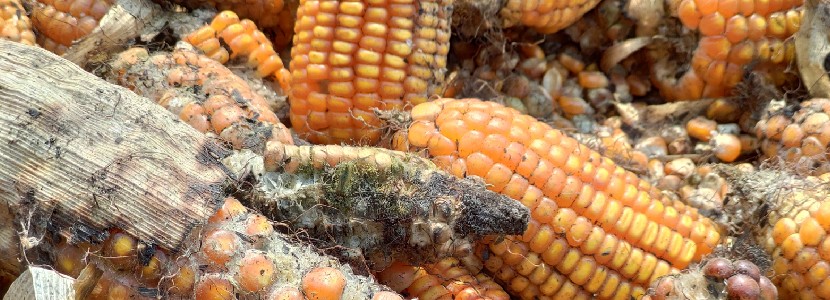Ochratoxin A (OTA) is one of several fungal mycotoxins that have generated great public concern worldwide. The disease caused by exposure to OTA is known as ochratoxicosis, affecting the kidney as its target organ.
Ochratoxin A can be found in a large number of foods. The highest reported incidence of this mycotoxin was found in cereals, and considering the fact that mycotoxins can be transferred through the food chain, it can also be found in tissues and products of animal origin. Including pork, poultry and dairy products, among others (EFSA, 2004).
Ochratoxin A is a secondary toxic metabolite produced mainly by some strains of the species Aspergillus ochraceus and Penicillium verrucosum. These species can grow in different climates:
- Aspergillus are found in tropical regions
- While Penicillium is common in temperate regions and can grow in temperatures as low as 5ºC.
In general, the formation of OTA occurs mainly after harvest in insufficiently dry cereals and cereal products. Factors that influence mycotoxin production include:
- environmental conditions, such as temperature and water activity
- The type and integrity of the seeds.
While A. ochraceus grows better on oilseeds (peanuts and soybeans) than on cereal crops, P. verrucosum may develop better on wheat and corn.
The presence of OTA in animal feed varies from country to country. The highest amounts have been reported in northern Europe and North America (World Health Organisation, 2002).
Effects of OTA on Animal Health and Production
Keep up to date with our newsletters
Receive the magazine for free in digital version
REGISTRATION
ACCESS
YOUR ACCOUNT
LOGIN
Lost your password?
